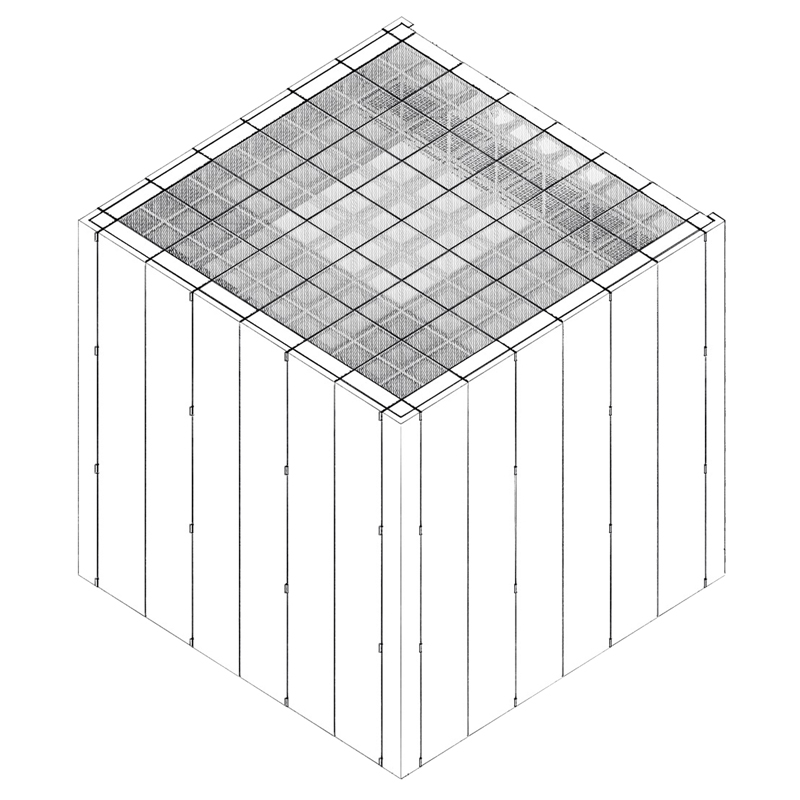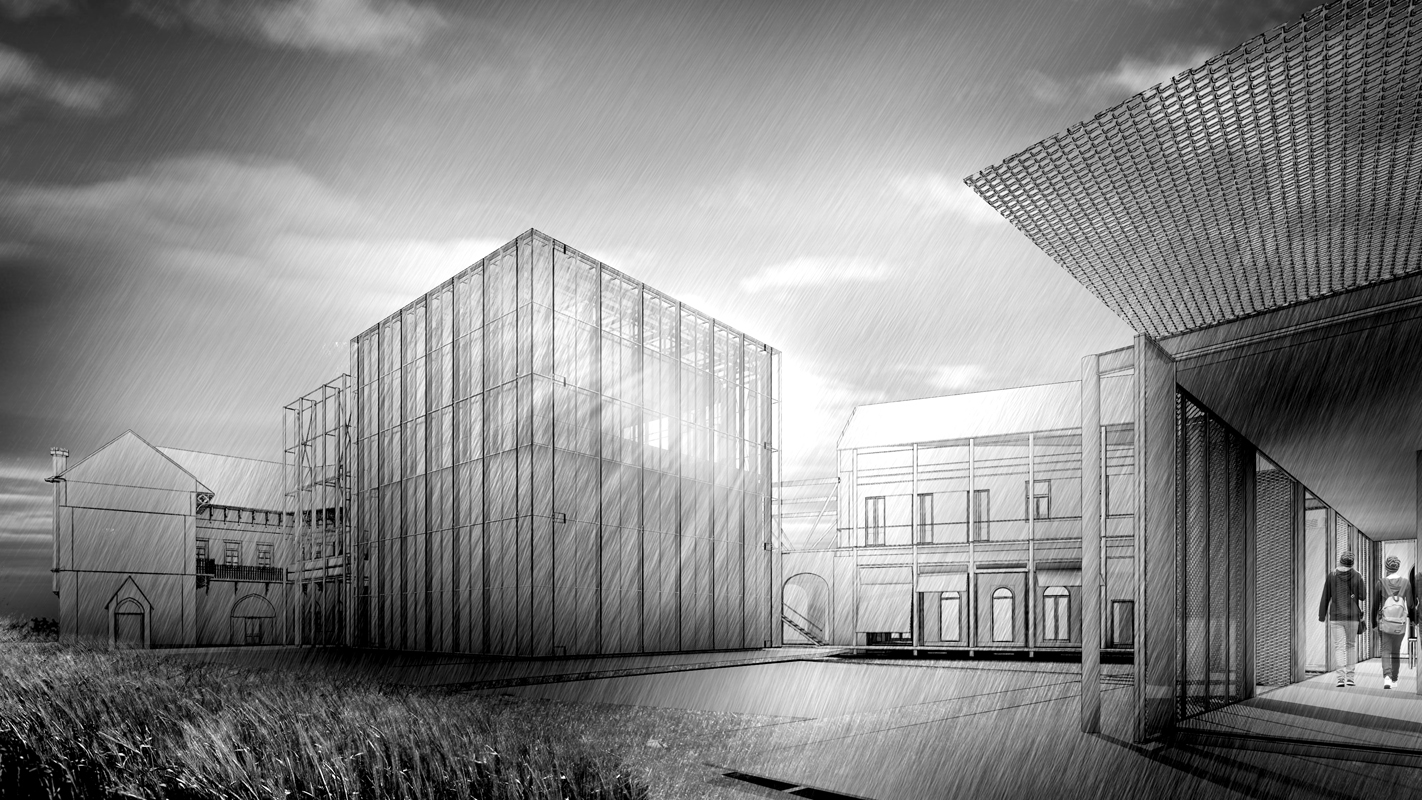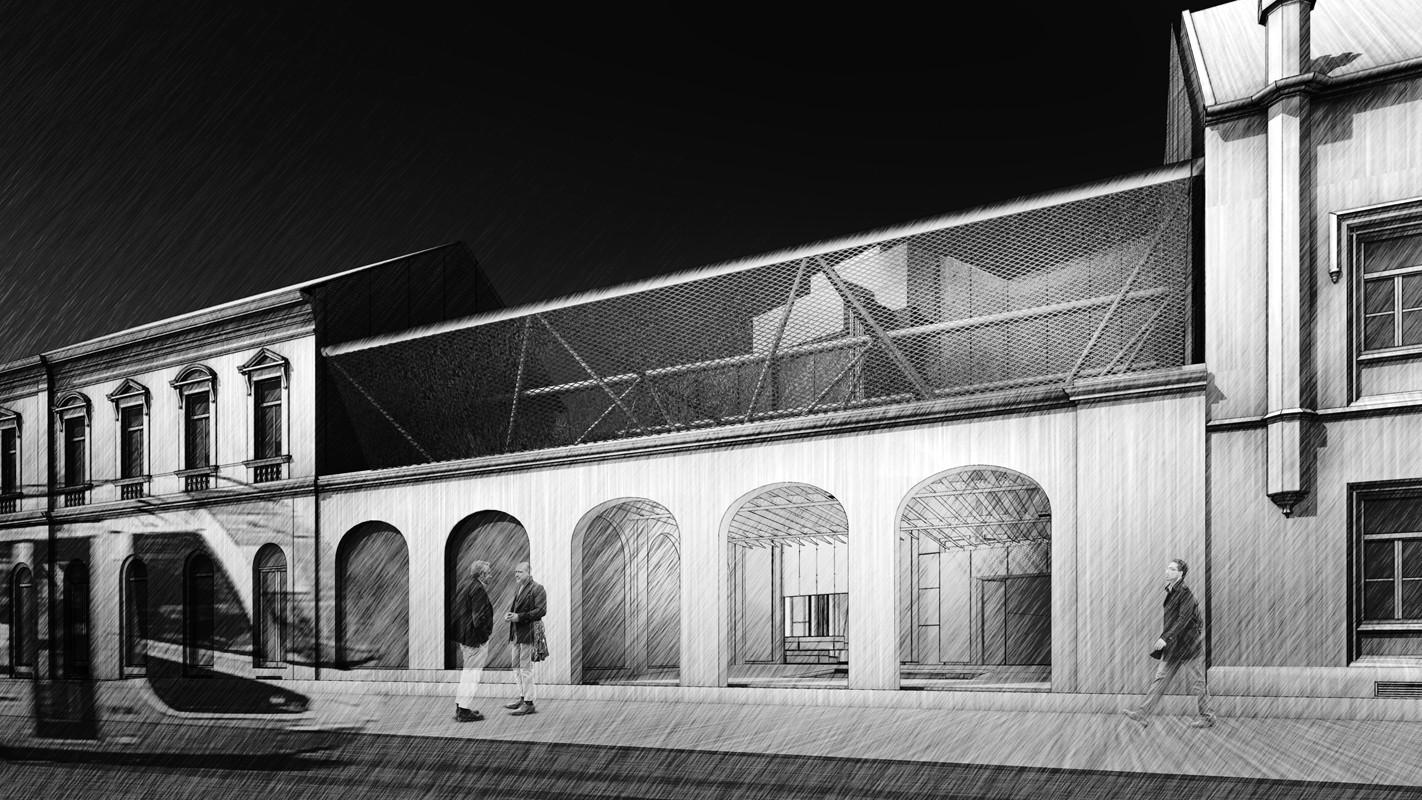Saradnici (članovi tima):
konzulens - Major György DLA
Lokacija:
Szeged HUNGARY
Opisni tekst o radu:
Located at a frequented point of Szeged downtown there is a legendary restaurant known by the locals as the Hági, the history of which dates back to the 19th century. The eclectic building was built by the Haggenmacher Brewery for a beer hall in 1896. They established here some retail premises, a restaurant and a beer store, a courtyard garden and 4 apartments. In the 30s the restaurant gained huge popularity, it was a night life centre and a meeting place for the intellectuals. The restaurant, extended significantly several times, was closed in the 90s, and since then it has not been used. Now in the building there are four large rooms, related terraces with 800 seats, a 1000 portion kitchen, a retail unit and 4 apartments.
In the 60s the block was unfurled from the city fabric. The restaurant is directly adjacent to the exhibition hall of the Móra Ferenc Museum, located in the protected historic building of the romantic, neo-gothic Black House. Its garden with a restaurant overlooks an inner park. The value of the area is further increased by the stops of the two busiest tram lines by the front of the two buildings.
In the museum yard the Malt Beer Garden was opened in 2012, which perfectly complements the cultural programs of the exhibition hall taking advantage of the building’s endowments. Thinking further these cultural and catering opportunities, I have planned the revitalization of the restaurant area offering itself for the creation of a cultural block with a joint arcaded entrance to the museum. In its yards can coexist a beer garden, a restaurant terrace, serving counters, and a cube-shaped pavilion, which may serve as an inserted into the external environment venue for cultural events – as the restaurant's terrace or its garden pavilion. The building, each side of which can be opened into the garden, includes a stage level, a rehearsal level and basement serving spaces, creating diverse spatial and functional relations for cultural events.
On the first floor of the restaurant at the apartments a 40-bed hostel with separate entrance is housed, which through its bar is organically connected to the restaurant. The steel-framed terrace outgoing from the outside gallery in front of the rooms upstairs creates a kind of a gate for the block above the arched entrance to the garden. It also connects the restaurant and the museum, their common entrance with direct access from the tram stop being located under the gate.





































































